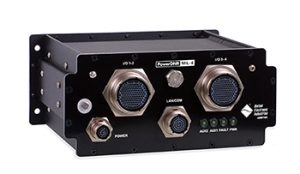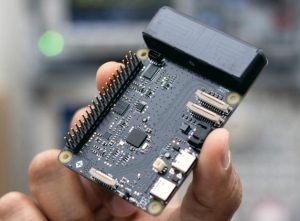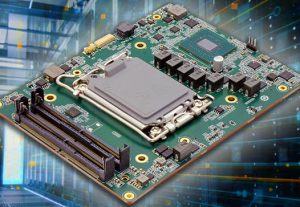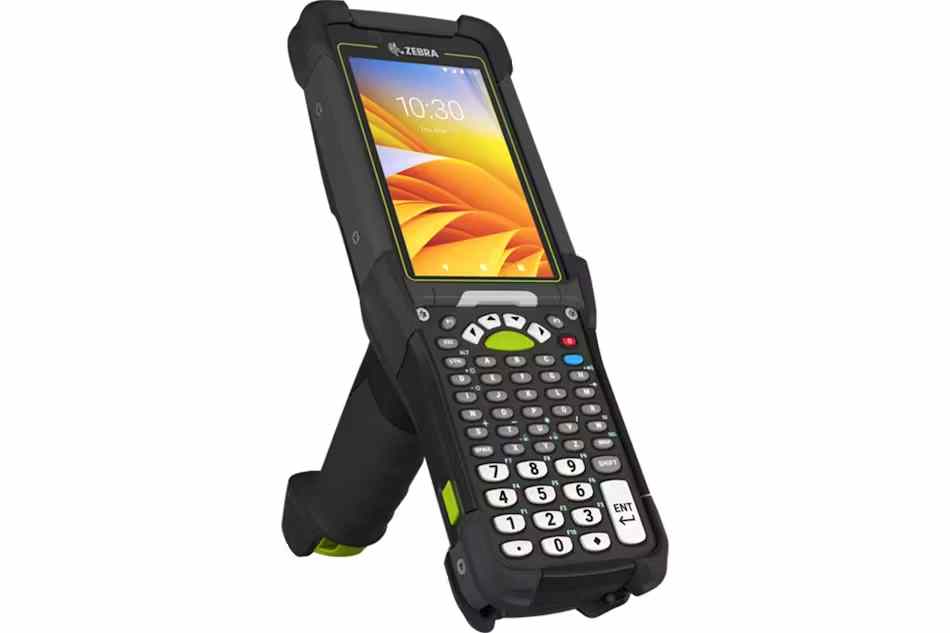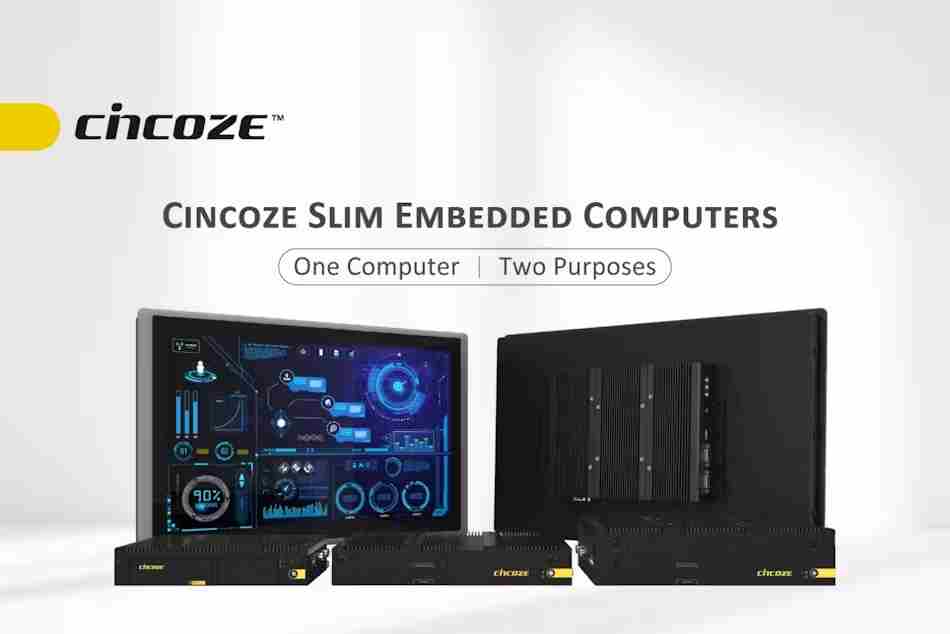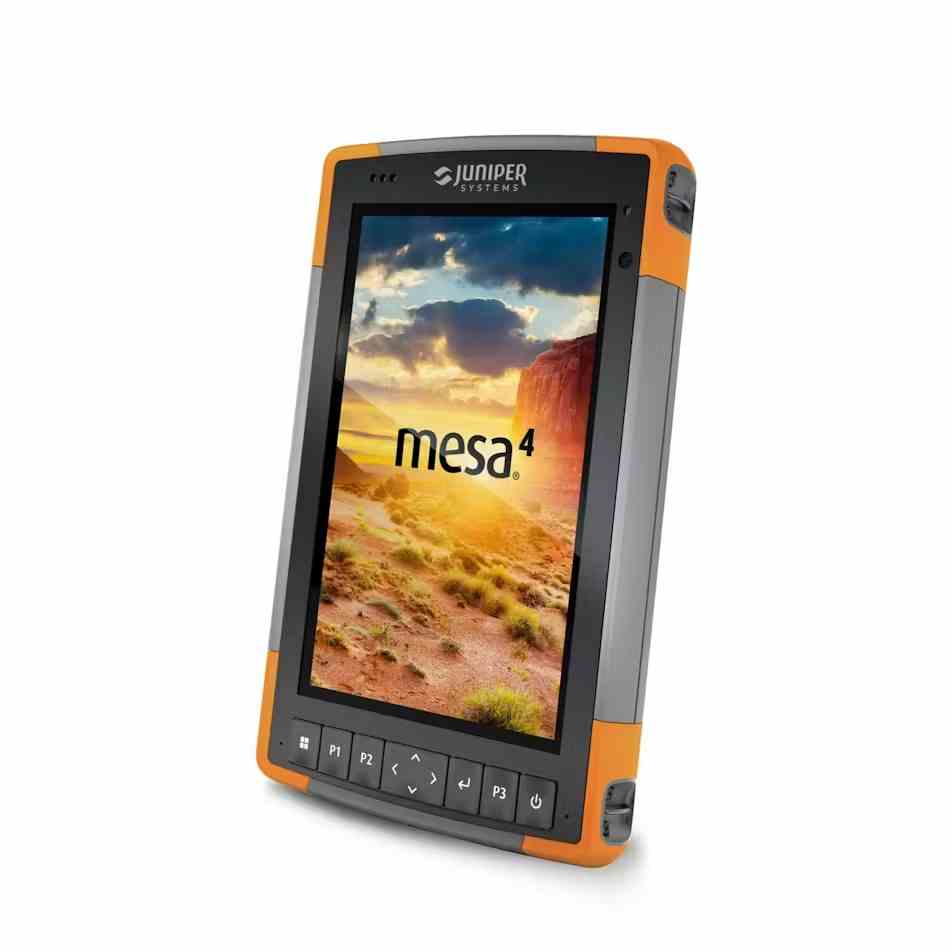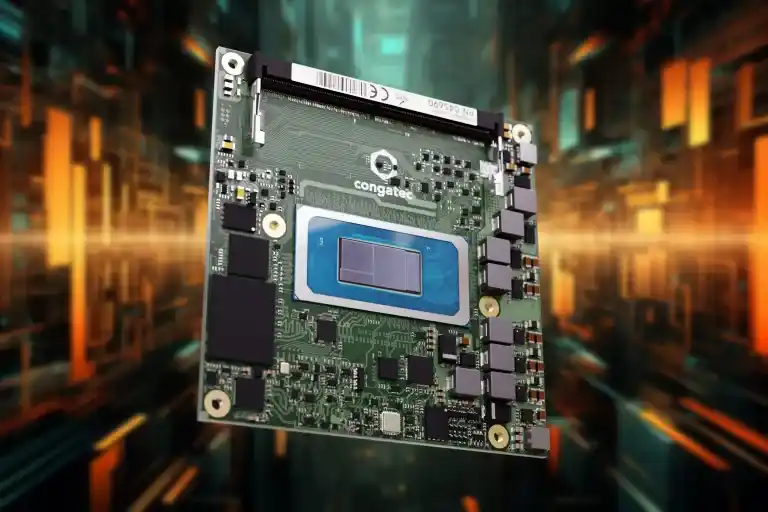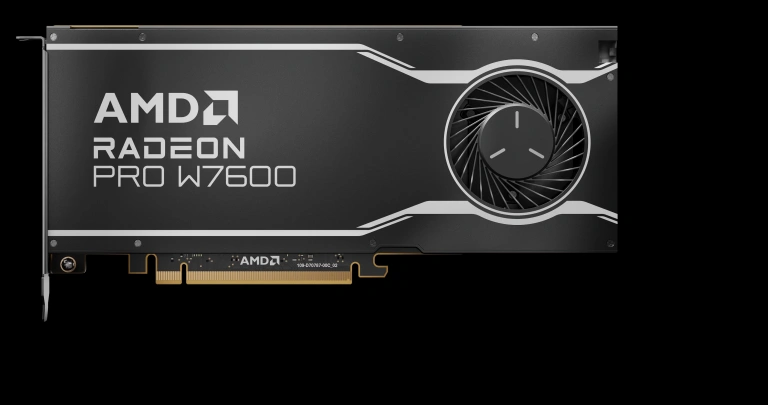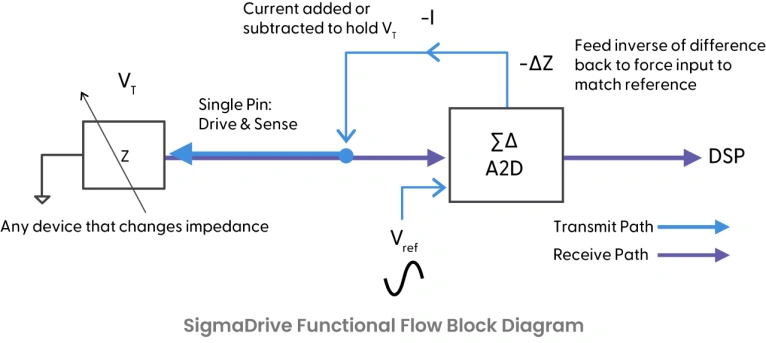United Electronic Industries has launched a four-slot military-grade IO system for aerospace and defence.
DNR-MIL-4 measures ~240 x 180 x 109mm and is designed to comply with MIL-STD-810G, MIL-STD-1275/708 and MIL-STD-461F. Operation is over -40 to +85°C.
There are three versions, with: a 8347 PowerPC, an Arm-based SoloX, or a quad-core Zynq UltraScale+ main processor IC.
“For use in PowerDNA/slaved mode, the 8347 version is recommended,” said UEI. “For embedded applications, the SoloX or Zynq may be preferred depending on the specifics of the application. The Zynq CPU series also support TSN Ethernet timing protocols.”
IO is physically via 38999 type connectors, and dual Gigabit Ethernet ports are included.
Up to 200 IO channels can be configured by filling the internal slots.
“UEI offers over 90 I/O boards, including avionics, synchro/resolver and VDT,” said the company. “Whether for health and usage monitoring, flight-line testing, or ground vehicle applications, this solution excels in delivering real-time data processing and control using technologies such as time-sensitive networking moving data over DDS.”
Electronically, DNR-MIL-4 is intended to be identical to the company’s standard DNR Series RACKtangle, except for hold-up and protection circuitry on the power supply inputs to meet MIL-STD-1275/704.
It can take standard boards from DNR-series, which is where the choice of 90 IO boards comes from. These include DNR-AI-217 for 16 channels of 24bit 120ksample/s ADC data acquisition, and DNR-1553-553 for two channels if MIL-STD-1553 serial communication.


